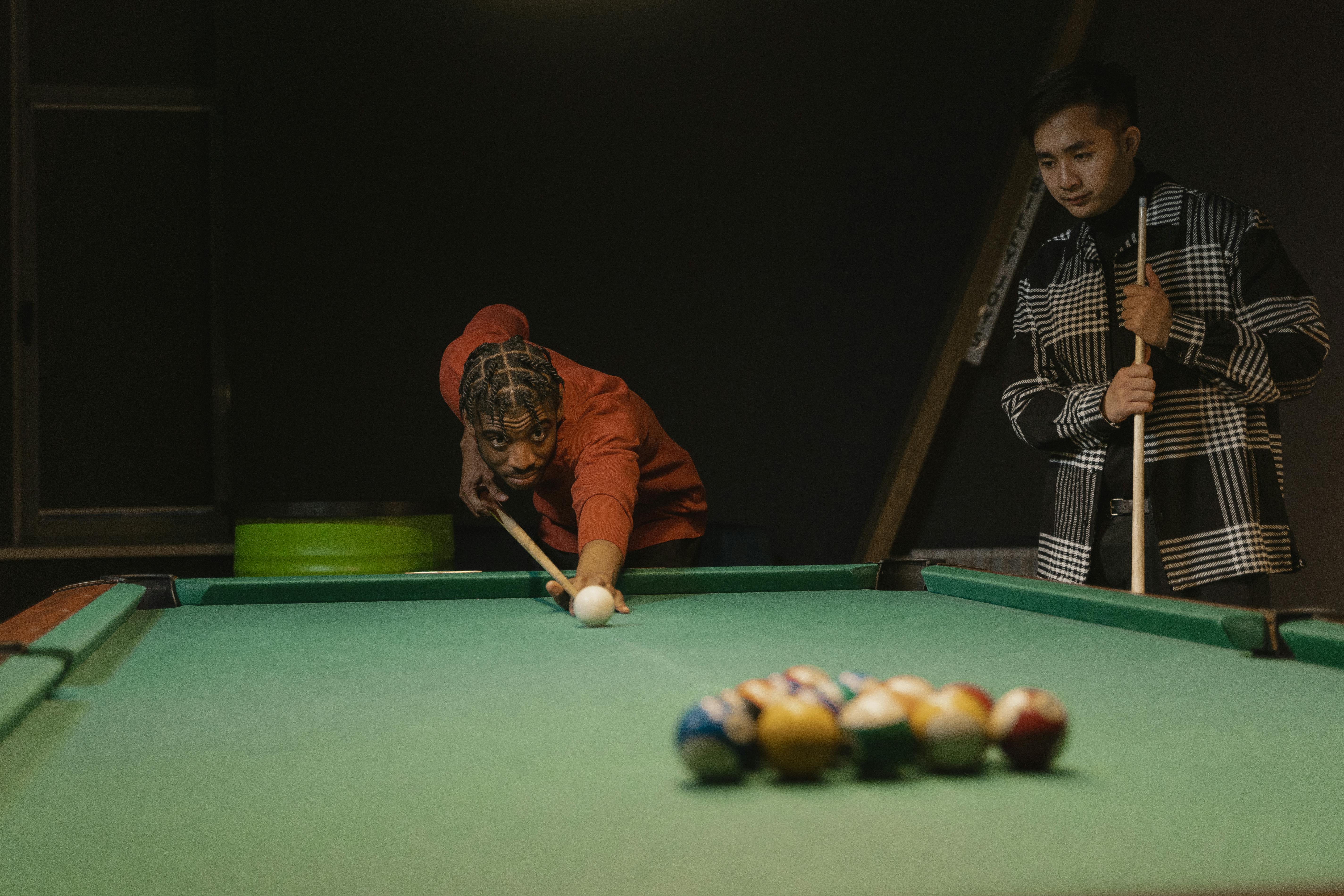Ron Artest is just a simple guy from the Queensbridge projects in Queens, New York with a dream of redemption.
Growing up, Artest’s family didn’t have two cents to scrape together. So he wasn’t dressing in the best clothes, wearing the coolest J’s, or playing the newest video games, things that young Americans (myself included) take for granted.
Growing up, Ron Artest only had two constants in his life: a basketball court and a street basketball court in his Queensbridge neighborhood.
Artest learned almost everything he knows about the game on that court. And he learned it the hard way, Queensbridge style.
Playing against men two, three, and sometimes four times his age, Artest learned the “no blood, no foul” rule on multiple occasions. He learned that basketball, despite the grace and beauty displayed in the NBA, was a contact sport, a sport played by men who stand up no matter how hard they are fouled, shake hands with the fouled and check the ball.
However, not all basketball played during Artest’s early years was tough, friendly competition: Artest once witnessed a murder during a YMCA league basketball game.
In other words, what Artest experienced could be the exact script for a horrible Disney movie in which a team’s beloved player is killed on the pitch and the team (surprisingly) comes together to win the tournament title out of respect for the team. his friend.
(In case you didn’t know, Artest’s character would be the bad boy from the “wrong side of the tracks” who leaves the team after a heated argument with the coach, probably Gene Hackman, only to ask to be put back on the team after his friend’s death. Of course, Artest’s character could rejoin the team, but only after a “team vote” divided by color lines with a rogue white player as the deciding vote of Ron).
Unfortunately, Artest wasn’t playing a character in a horrible Disney movie.
Artest’s upbringing and attitude made it impossible to accept him for powerful national programs like Duke or North Carolina, but Artest would have preferred to play for his hometown St. John’s team anyway.
After leading Red Storm into the Elite Eight in 1999, it seemed that Artest was finally putting it all together, combining his talent and will to win to become the undisputed leader of the St. John team.
Unfortunately, the newfound maturity did not last long.
Artest was an ongoing problem from the moment the Chicago Bulls selected him 16th overall in the 1999 NBA Draft.
Ron became so troublesome in his time in Chicago that he was dumped in Indiana along with center Brad Miller by Jalen Rose and a big pile of trash.
The trade instantly became one of the worst in NBA history, as Miller and Artest became mainstays of the Pacers’ post-Reggie Miller core.
Apparently, Artest had also learned to stifle some of the Queensbridge tactics that had gotten him into trouble in Chicago.
Life in Queensbridge had hardened Artest. He had turned him into an angry, uncoachable, misguided young man who, deep down, was his own harshest critic of him.
But he made Artest the best perimeter defender the NBA has seen since Scottie Pippen.
And, in the 2003-2004 season, Artest finally realized his potential: he won the NBA Defensive Player of the Year award and led the Pacers to the Eastern Conference Finals.
The following season, most NBA analysts targeted the Pacers to the NBA Finals and many considered them the favorites to win the 2005 NBA championship.
Well, they did until the events of November 19, 2004, better known as their catchy nickname, “the malice in the palace.”
After the fight, commentators legitimately jumped into their stands and deplored Artest for his actions.
The Artest fight was by far the worst on-court incident in the NBA since Kermit Washington punched Rudy Tomjanovich.
Something had to be done. It had to be a quick and hard punishment. But the question soon became how serious?
Some national columnists and analysts across the United States called for a lifetime ban, while others called for leniency.
Ultimately, David Stern suspended Artest for the remainder of the 2004-2005 NBA season, and the Pacers’ potential dynasty collapsed.
From that moment on, Ron Artest’s road to redemption began and ended with one goal: take the potential championship his stupidity had cost the Pacers and replace it with an actual NBA title.
The journey since November 19, 2004 has been anything but easy. Ron’s petulant childish acts have worn down his welcome in two stops before finally landing with the Lakers before this season.
Artest hasn’t exactly been an angel this season, either: He appeared on “Jimmy Kimmel Live” in his underwear, belittled Lakers coach Phil Jackson via Twitter and dyed his hair a hideous combination of purple and blonde.
However, if we’ve learned anything about Artest’s NBA career, it’s to take the good with the bad. He’s the kind of player who can look angelic on the court one second and then the demon on his shoulder forces him to take a horrible 25-footer the next second.
Thursday night was no different: Artest almost single-handedly fired the Lakers to a 3-2 series deficit. Instead, with the game on the line, Artest grabbed Kobe Bryant’s airball and moved within a win of the NBA Finals appearance he squandered five and a half years earlier.
Your first thought after taking the shot? “Say Queensbridge.”
Sounds good.
